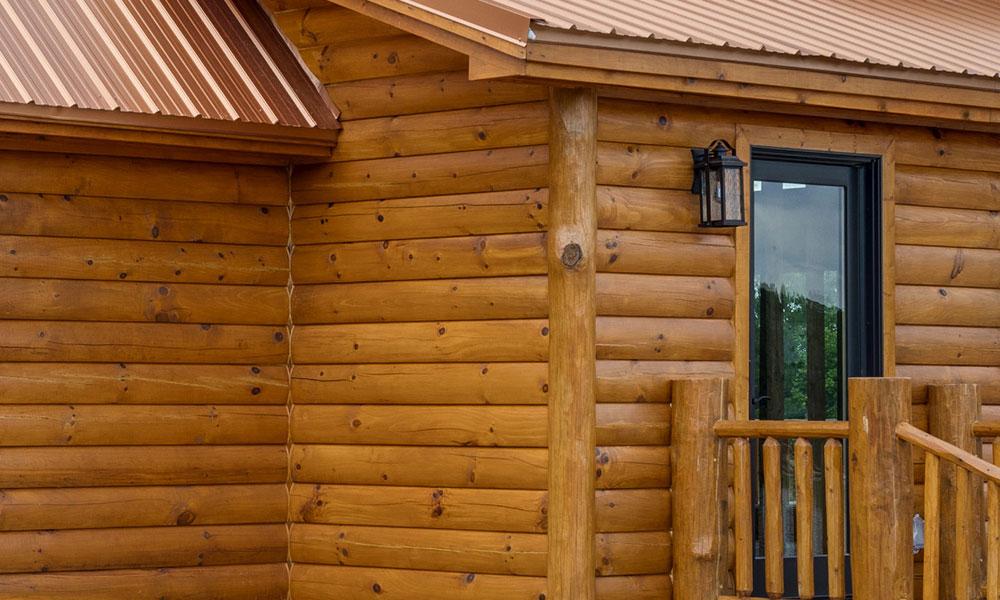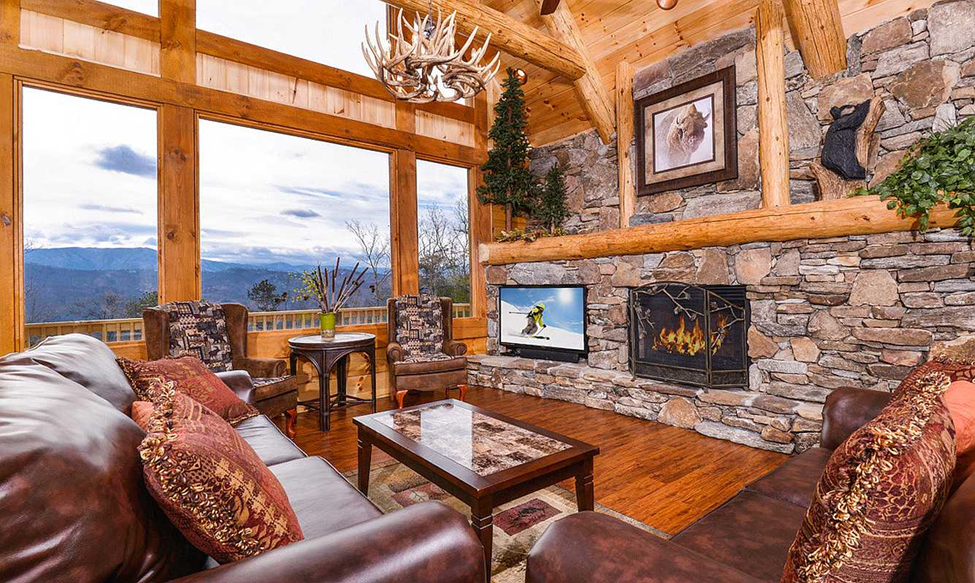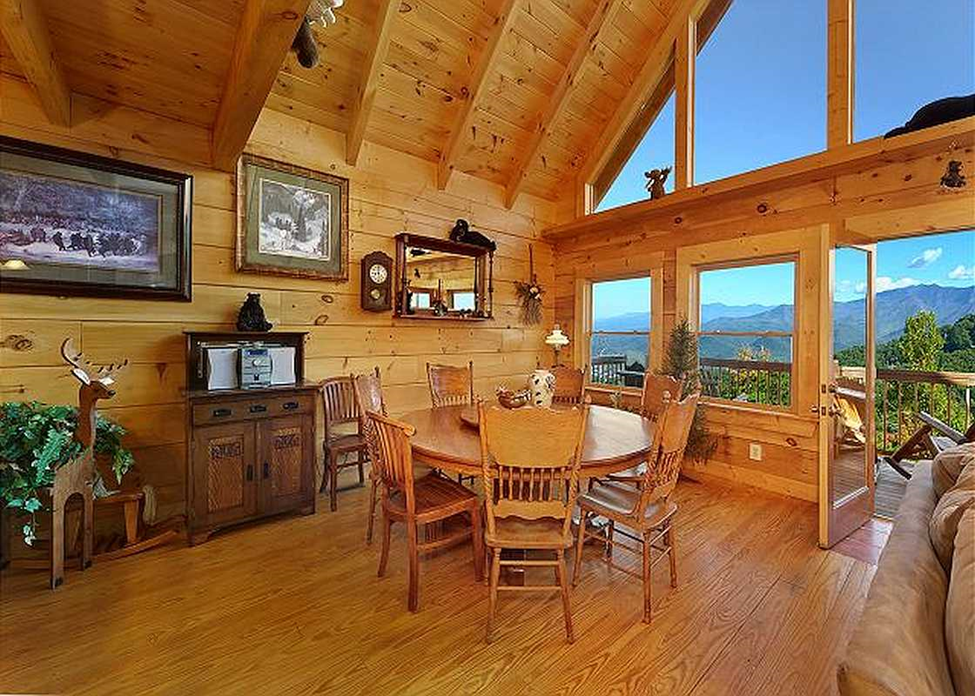Wood is used in the construction of most single-family homes today, and for good reason. It’s adaptable to virtually every climate, and its natural insulation properties help keep heating and cooling costs down.
If you’re thinking about building a log home, energy efficiency is likely on your mind. How efficient are log homes, and how do they stack up against traditional stick-built homes? Keep reading to find out.
The Natural Insulating Properties of Wood

Log homes with solid log walls can be highly energy efficient. In fact, it’s common for log home builders today to routinely meet the Department of Energy’s (DOE) ENERGY STAR standards for new construction, according to the National Association of Home Builders (NAHB).
Wood has a lower thermal conductivity than concrete, steel-frame, and masonry construction. This means it releases less heat into the home, making it ideal for energy-efficient design.
During the day, a log wall absorbs and stores heat from outside, but the temperature of the wall rises slowly. When the temperature drops at night, the logs release their stored heat into the home, providing warmth.
In effect, the log’s thermal mass prevents the house from quickly heating up during the day while also reducing heat loss at night. This helps keep interior temperatures comfortable.
Log homes are especially well-suited to the Earth’s temperate zones (between the 15th and 40th parallels), which tend to experience significant temperature swings from day to night. But with the right reinforcements—like insulated flooring, windows, and doors—log cabin homes are appropriate for all climate regions.
How Technology Has Improved Log Home Construction
Log home building is a tradition that goes back centuries in America. But today’s log cabin homes are much more energy efficient, thanks to advancements in technology.
CAD-CAM technology has helped revolutionize the construction of log homes. CAD (computer-aided design) software has largely replaced traditional hand-drafted log house plans, and CAM (computer-aided manufacturing) software has helped streamline the machining process. Together, these technologies have led to better quality control.
It’s why so many log homes today are built from materials packages or kits, rather than with local wood felled nearby.
When you use a kit, the log home supplier takes care of the plans (blueprints), so there’s no need to hire an architect. The mill or manufacturing facility cuts the logs to the supplier’s specs and sends them in a package to the supplier or directly to the construction site.
Log home kits are an affordable way to build an energy-efficient log cabin home. When assembled properly and combined with other energy-efficient design elements, today’s log homes are often even more energy efficient than their stick-built counterparts.
Energy Efficient Log Cabins by eLoghomes

Energy efficiency is a priority at eLoghomes. Minimizing air leakage is one of the most important considerations in log home construction.
eLoghomes’ 6-Point Weatherlink™ System is a proprietary construction method designed to ensure a weather-tight system. It was among the top performers in preventing air infiltration when tested against nine major competitors in a NAHB Research Center study.
eLoghomes uses only the best wood for our log homes—the highest grade, kiln-dried Eastern White Pine logs, sourced from professional mills that offer consistent quality.
Learn more about our energy-efficient technology and design advantages. Then search our extensive catalog of more than 200 log home models, with floor plans to suit every need and budget.

